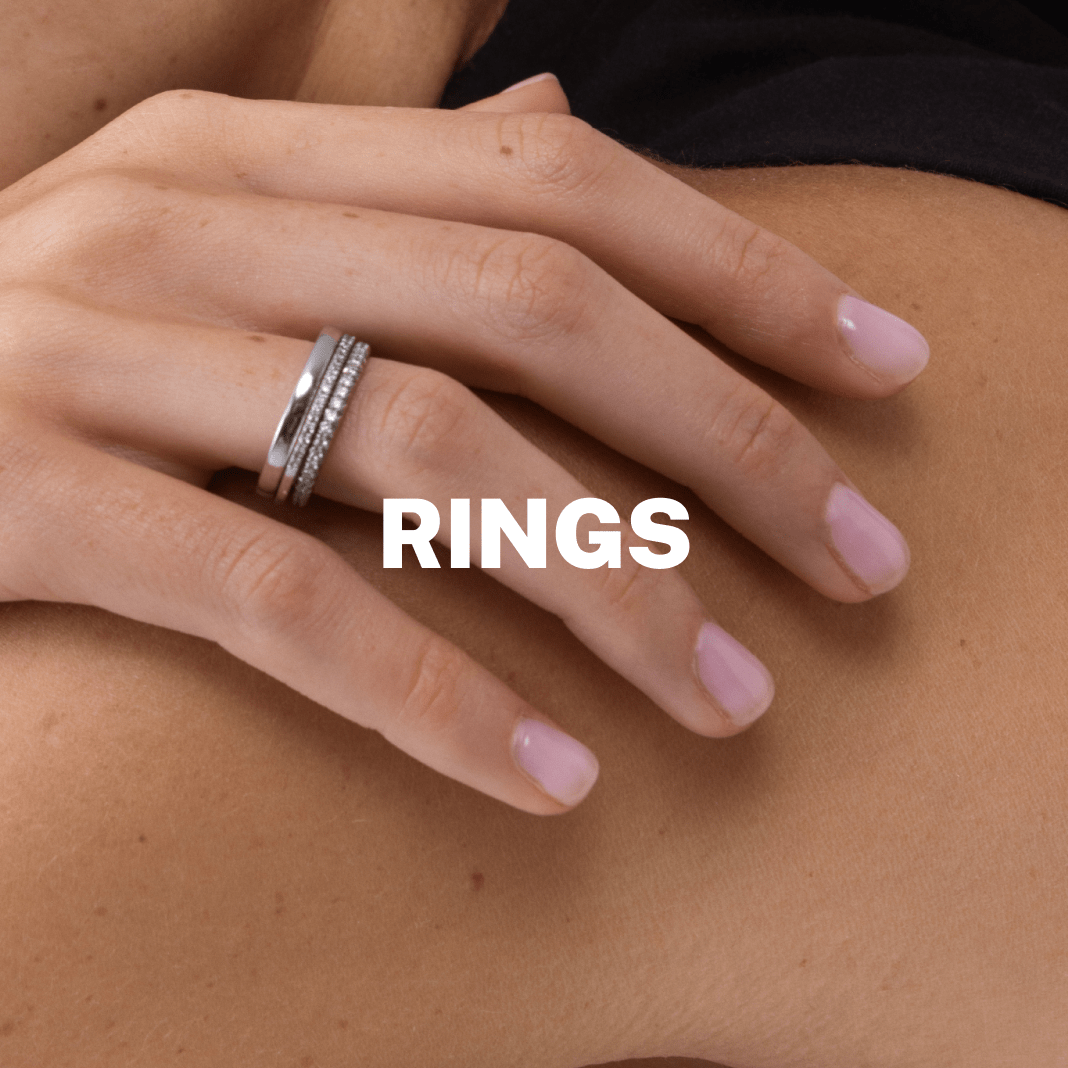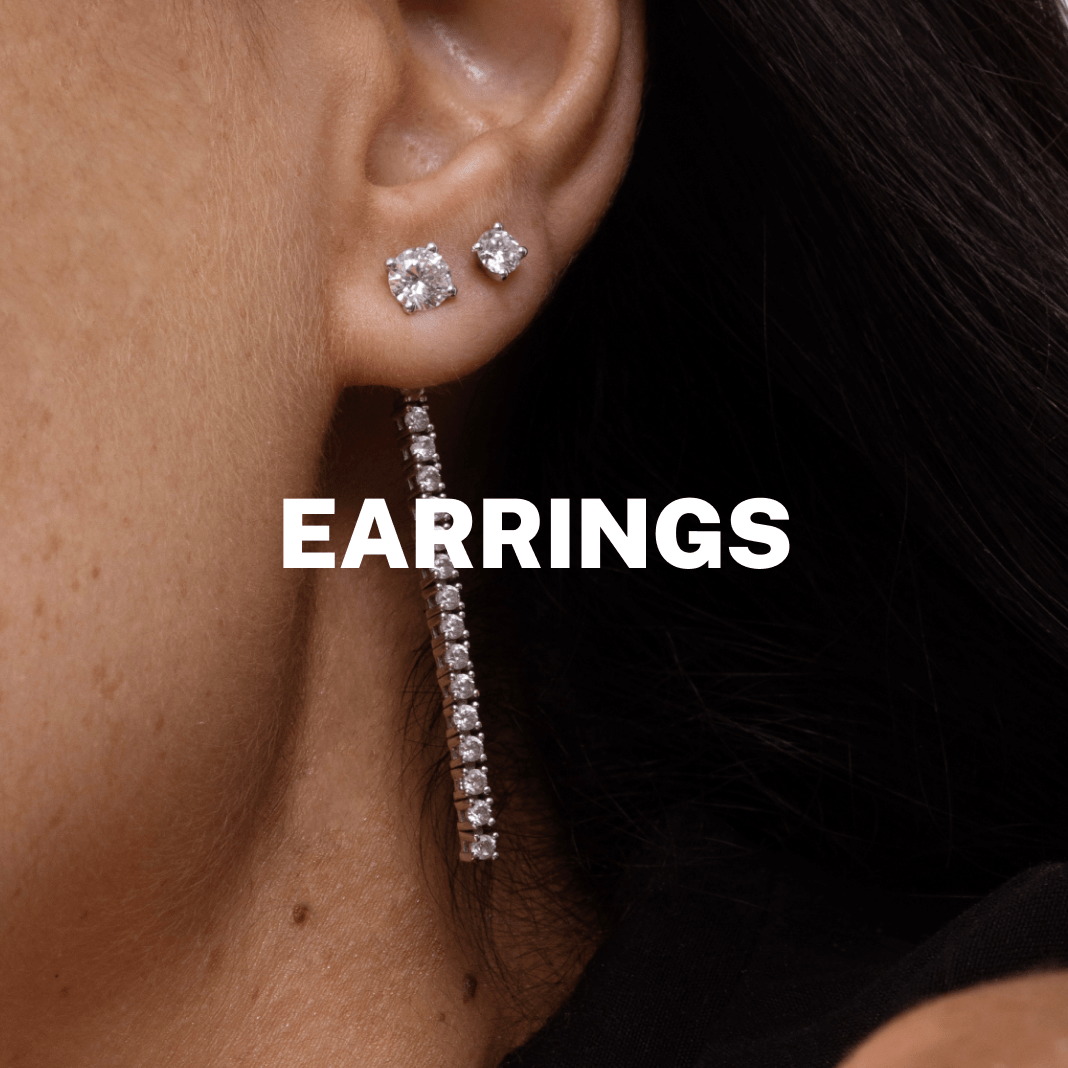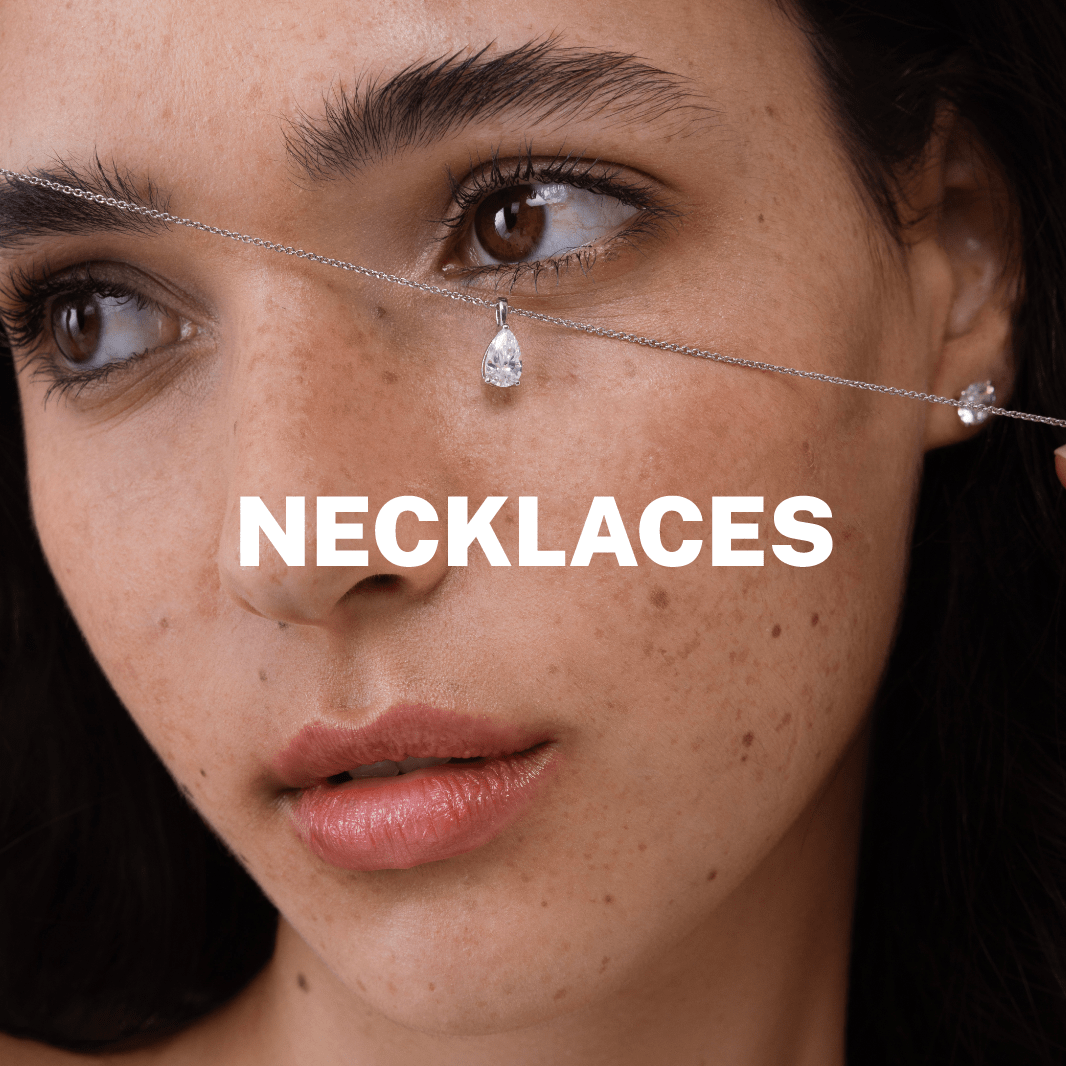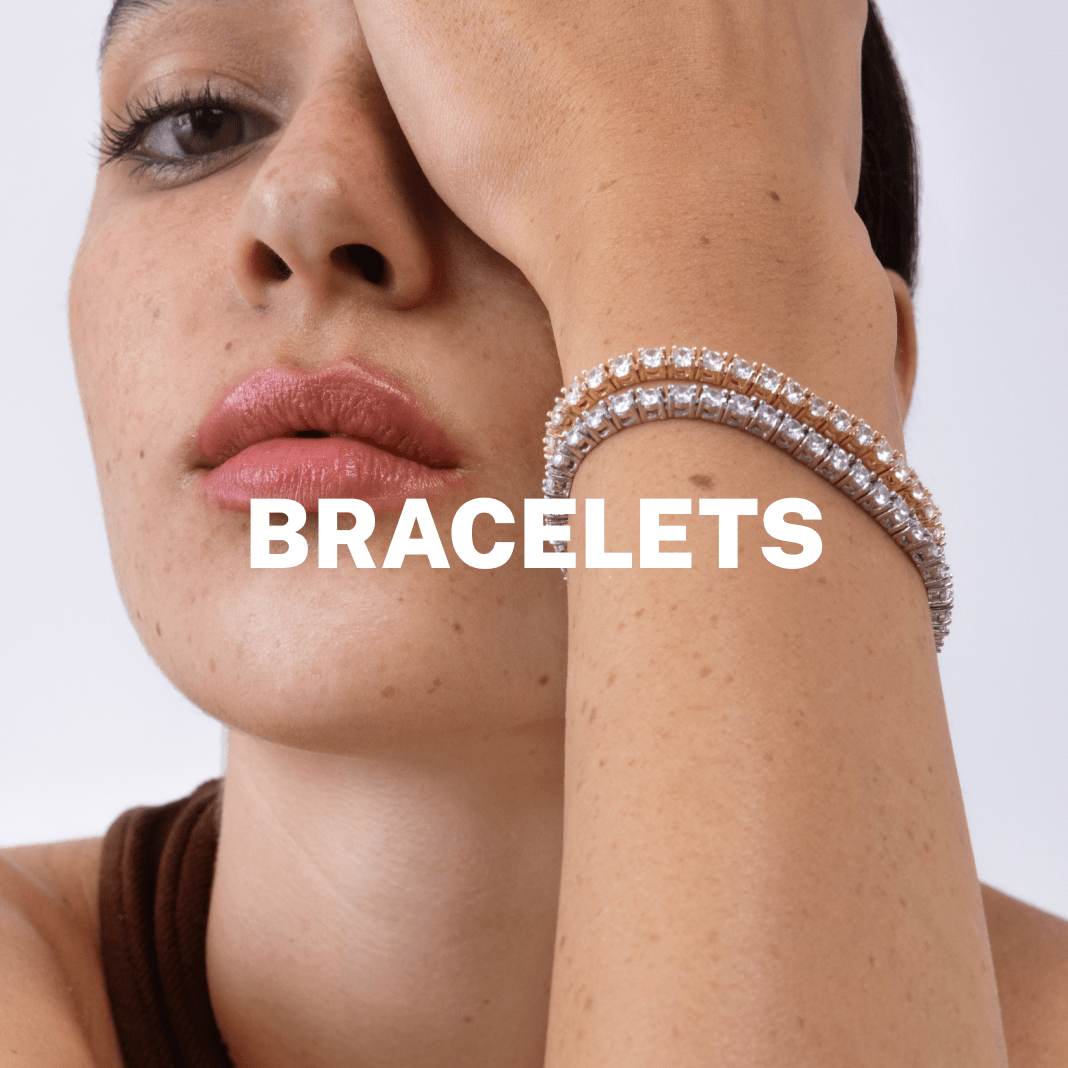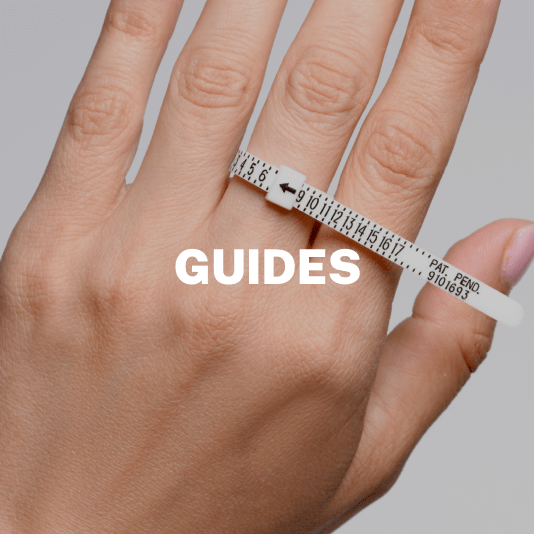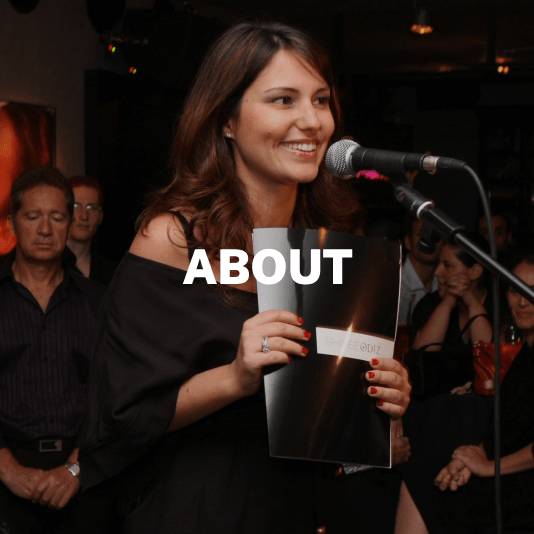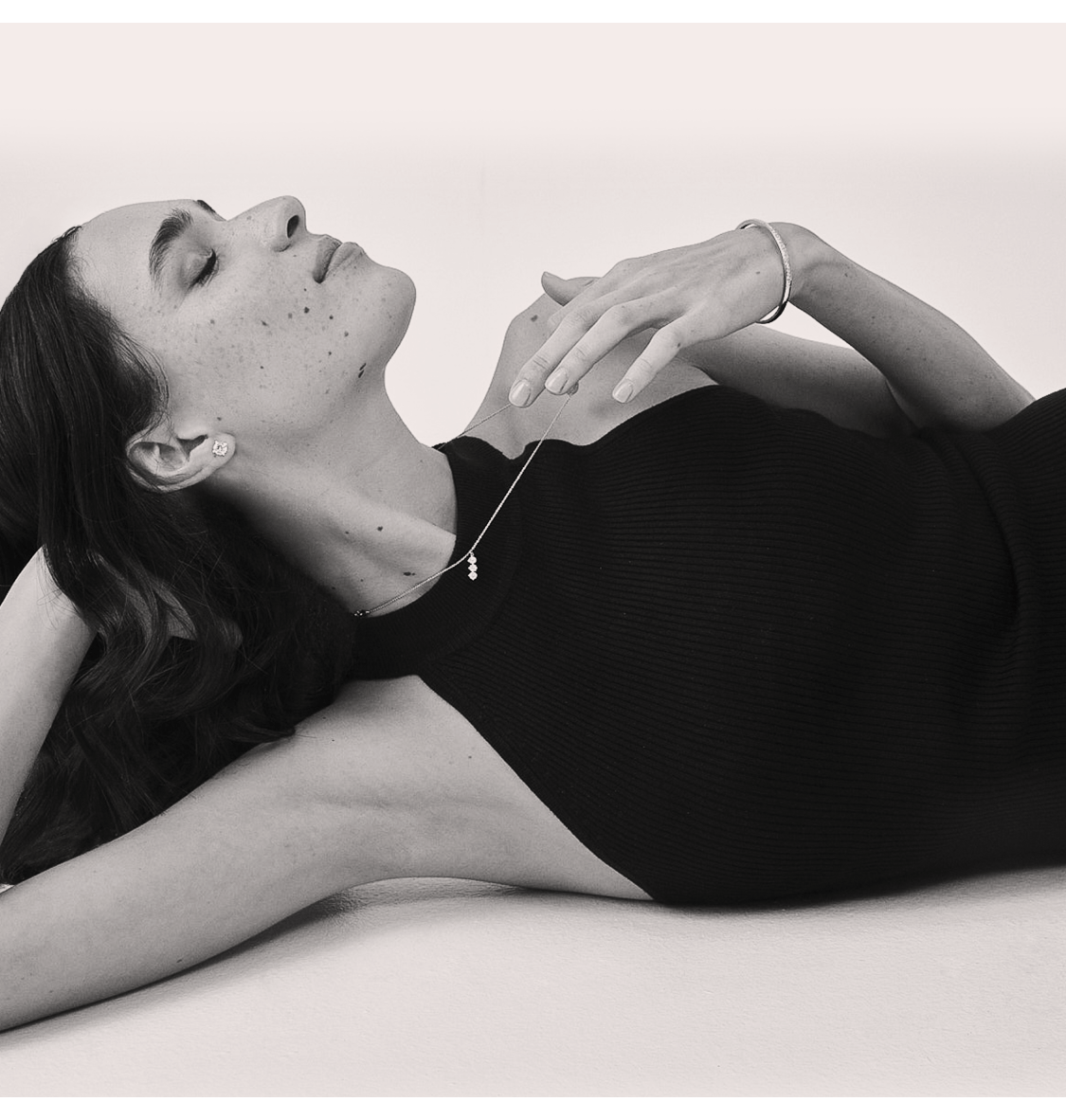


The Truth Behind the Most Affordable Diamond Shapes
Thu, Jul 03, 2025
When embarking on the exciting journey of selecting a diamond, the question of affordability naturally comes to mind. Many shoppers instinctively gravitate towards shapes that boast a lower price per carat, hoping to maximize their budget. But after two decades in the diamond and jewelry world—designing, sourcing, and crafting for thousands of clients—we've learned a crucial truth at Shiree Odiz: the "most affordable diamond shape" isn't always what it seems.
It's a common misconception that finding the most affordable diamond shape is simply about looking at the lowest price per carat.
As a third-generation diamond expert and founder of Shiree Odiz, I've seen countless individuals almost make decisions based on incomplete information. "It's easy to get caught up in the price-per-carat number," says Shiree Odiz. "But what truly matters is how that diamond performs and appears on the hand. We see clients come in thinking they want a certain shape for its perceived value, only to discover the nuances that make a real difference in look and longevity."
This nuanced understanding is paramount. While diamond shape refers to the external outline (e.g., round, oval, emerald), diamond cut refers to the proportions, symmetry, and polish of the facets within that shape – essentially, how well the diamond interacts with light. An excellent diamond cut is crucial for maximizing brilliance and fire, regardless of shape. However, the shape itself significantly influences how large a diamond appears and, crucially, its price per carat.
| Shape | Price per Carat | Face-Up Size | 1ct Surface Area (mm²) | 2ct Surface Area (mm²) |
|---|---|---|---|---|
| Princess | Lower | Smaller | 30.2 | 42.2 |
| Cushion (square) | Lower | Smaller | 32.5 | 44.9 |
| Asscher | Lower | Smallest | 28.1 | 39.7 |
| Square Radiant | Lower | Smaller | 31.4 | 43.6 |
| Round | Higher | Balanced | 42.2 | 65.6 |
| Oval | Higher | Larger | 43.9 | 70.0 |
| Pear | Higher | Larger | 46.8 | 77.0 |
| Emerald | Higher | Elongated | 35.0 | 54.0 |
| Marquise | Higher | Longest | 57.8 | 84.5 |
The Face Value Paradox: Why Size Isn't Just About Carat Weight
Our co-founder, Daniel Setton, often emphasizes a concept we call the "Face Value Paradox." "A 1.00 carat princess might look like a 0.70 carat round," Daniel explains. "Shoppers get excited about price per carat, but what often matters is how big the diamond actually looks when it’s set in the jewelry and worn."
This paradox highlights that a lower price per carat doesn't automatically mean a larger-looking diamond. Some shapes, despite their carat weight, hold more of their mass in the depth of the stone, resulting in a smaller face-up surface area. This means you might pay less per carat, but then have to buy a higher carat weight to achieve the visual size you desire, ultimately driving up the total cost.
Here’s a comparative look at how different 1-carat diamond shapes vary in perceived size, based on their surface area:
-
Shapes that often appear smaller for their carat weight: Princess, square Cushion, Asscher, and Square Radiant. While these can offer a lower price per carat, their squarer or deeper proportions mean less "spread" across the finger.
-
Shapes that appear larger for their carat weight: Oval, Pear, and Marquise. These elongated shapes distribute their weight more effectively across the surface, giving you a greater visual footprint for the same carat weight.
"It’s about getting the most visual impact for your investment," states Shiree. "You don't just wear the carat weight; you wear the sparkle and the size it presents."
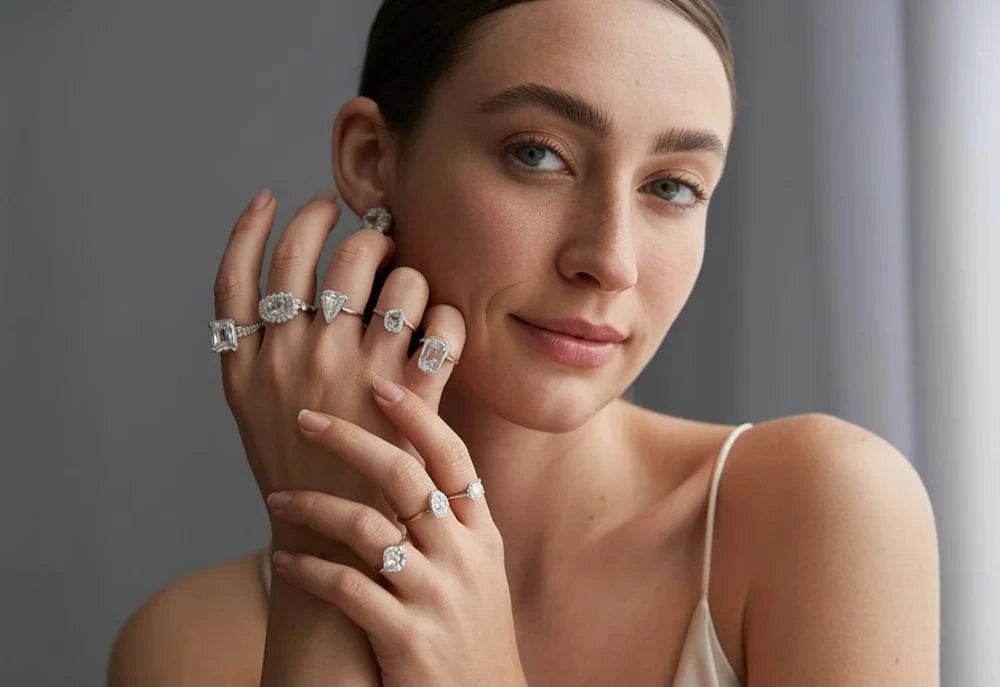
Shiree Odiz Internal Study: Unpacking 2024 Diamond Trends
Our internal purchasing data at Shiree Odiz, collected from over 27,000 customers since 2006, provides unique, unfiltered insights into what real diamond buyers are choosing. We've observed a significant shift in preferences, which directly impacts discussions around the most affordable diamond shape.
Historically, the Round Brilliant dominated the market. However, our 2024 data shows a clear divergence:
-
Round diamonds have declined in engagement ring sales, from 58% in 2020 to 35% in 2024.
-
The overwhelming surge in popularity is seen in elongated shapes:
-
Oval: Skyrocketing from 11% in 2020 to 28% in 2024.
-
Marquise: A dramatic leap from 2% to 13%.
-
Emerald: A steady increase from 9% to 14%.
"This trend isn't just about evolving aesthetics; it's also a smart financial play for many of our clients," notes Daniel. "These elongated shapes naturally offer a larger face-up size for their carat weight, providing that desirable 'bigger look' that many seek, often at a more accessible price point per carat than a comparable Round."
This real-world demand underscores the growing consumer awareness of how shape influences perceived size and overall value.
The Clarity Conundrum: When "Affordable" Shapes Demand More
Another critical factor in assessing the true affordability of a diamond shape, particularly the most affordable diamond cut, is clarity. While some shapes might have a lower entry price per carat, their unique faceting patterns can actually increase the overall cost in unexpected ways due to clarity requirements.
"With step-cut diamonds like the Emerald and Asscher, clarity becomes paramount," Shiree explains. "Unlike brilliant cuts that have many facets to hide minor inclusions, these shapes have large, open 'windows' into the stone. Any internal flaws are much more visible, meaning you really need to prioritize higher clarity grades (typically VS1 or VS2 and above) to ensure a clean, beautiful appearance. This can quickly offset any initial per-carat savings."
This means that while an Emerald or Asscher might seem like a budget-friendly option initially, the necessity for a higher clarity grade to avoid visible imperfections means the final price can be surprisingly close to, or even exceed, other shapes that started at a higher price per carat but can accommodate slightly lower clarity grades without visual impact. This is a crucial insight often overlooked by those solely focused on the initial price per carat.
Identifying the True Contenders for the Most Affordable Diamond Shape
So, with all these nuances, what is the most affordable diamond shape, truly, when considering both initial cost and visual impact? It's the one that allows you to maximize perceived size and beauty without overspending.
Based on our extensive experience and market data, if you're looking for significant visual impact and value:
-
Oval: As our data clearly shows, the Oval is rapidly gaining dominance, and for good reason. Ovals provide excellent spread, appear larger than rounds of the same carat weight, and offer beautiful brilliance. They strike a fantastic balance between classic elegance and modern appeal.
-
Pear: Similar to the Oval, the Pear shape is elongated and offers a fantastic face-up size, contributing to a sense of greater overall presence on the finger. Its unique teardrop silhouette makes it a distinctive and flattering choice.
-
Marquise: The Marquise shape, with its long, narrow form and pointed ends, offers the largest surface area of any diamond shape for its carat weight. This means you can get a truly impressive visual statement at a potentially lower price point per carat.
These elongated shapes, while often having a slightly higher price per carat than some square cuts like Princess or Cushion, provide a "bigger bang for your buck" visually. This often translates to not needing as large a carat weight to achieve your desired look, making them excellent choices for balancing aesthetics with budget.

The Importance of Diamond Cut Quality
While discussing the most affordable diamond shape, it's vital to reiterate the distinction and importance of diamond cut quality. A poorly cut diamond, regardless of its shape or affordability, will appear dull and lifeless.
"You can buy the largest diamond for the lowest price, but if the cut quality is poor, you're essentially buying a paperweight," emphasizes Daniel. "At Shiree Odiz, every diamond, whether natural or lab-grown, goes through a rigorous selection process to ensure exceptional cut, maximizing its inherent brilliance."
This commitment to superior cut ensures that even if you're opting for a shape that offers a more attractive price point, its sparkle and beauty are never compromised.
Beyond the Price Tag: The Shiree Odiz Promise
At Shiree Odiz, we are not diamond dealers with inventory to push. We are diamond agnostic, meaning we offer natural, lab-grown diamond, and clarity-enhanced options to perfectly suit your needs. Our advice is always impartial and focused entirely on guiding you to the diamond that best fits your needs, your style, and your budget.
"Our goal is to arm our clients with knowledge," says Daniel. "You should walk into any jewelry conversation feeling confident, understanding not just the price tag, but the true value and visual impact of your chosen diamond."
From our base in New York on Fifth Avenue, our small team of master craftsmen, including ex-Tiffany & Cartier artisans, meticulously crafts each made-to-order piece. This allows us to maintain zero inventory, further reducing overheads and allowing us to focus on quality and unbiased advice rather than pushing stock. This "slow jewelry" model also aligns with our commitment to sustainability, utilizing recycled metals and conflict-free diamonds.
Ultimately, the most affordable diamond shape is the one that brings you joy and confidence, looks stunning on your hand, and aligns with your values. It's not about the cheapest per-carat price, but the smartest overall investment in beauty and impact.

Ready to explore the diamond shape that's perfect for you, with insights that truly cut through the industry spin? Contact us today for a personalized consultation.
